Important Terminologies of ISO 14001:2015 - Environmental Management Systems
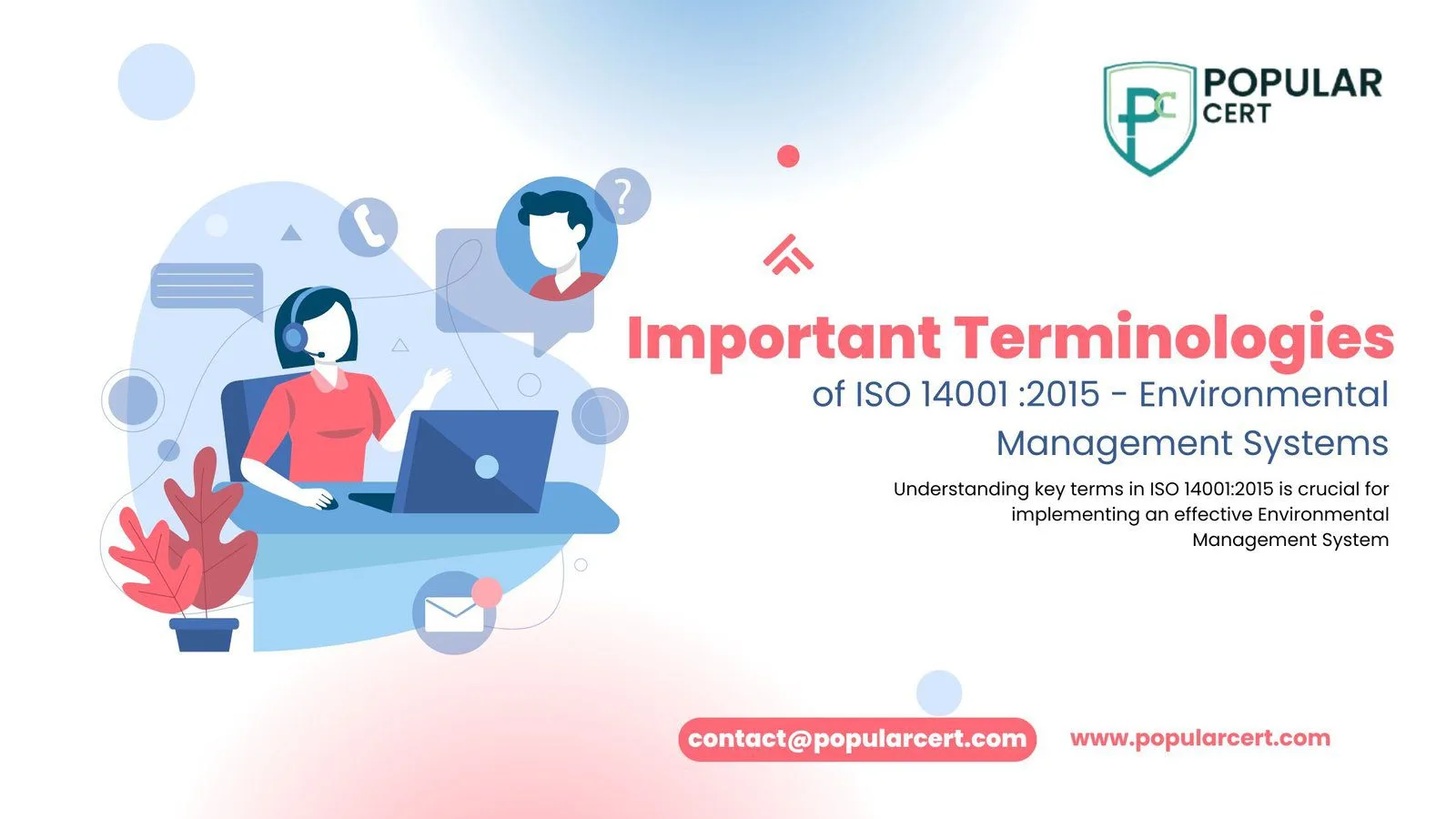
Understanding key terms in ISO 14001:2015 is crucial for implementing an effective Environmental Management System (EMS). This guide provides a breakdown of essential terminologies related to planning, operations, performance evaluation, and improvement.
Terms related to planning:
- Environment: Surroundings in which an organization operates, including air, water, land, natural resources, flora, fauna, humans and their inter-relationships.
- Environmental Aspect: Element of an organization's activities or products or services that interacts or can interact with the environment.
- Environmental Condition: State or characteristic of the environment as determined at a certain point in time.
- Environmental Impact: Change to the environment, whether adverse or beneficial, wholly or partially resulting from an organization's environmental aspects.
- Objective: The result to be achieved.
- Environmental Objective: Objective set by the organization consistent with its environmental policy.
- Prevention of Pollution: use of processes, practices, techniques, materials, products, services or energy to avoid, reduce or control (separately or in combination) the creation, emission or discharge of any type of pollutant or waste, in order to reduce adverse environmental impacts.
- Requirement: Need or expectation that is stated, generally implied or obligatory.
- Compliance Obligations / Legal Requirements & Other Requirements: Legal requirements that an organization has to comply with and other requirements that an organization has to or chooses to comply with.
- Risk: Effect of uncertainty.
- Risks and Opportunities: Potential adverse effects (threats) and potential beneficial effects (opportunities).
Terms related to support & operation:
- Competence: Ability to apply knowledge and skills to achieve intended results.
- Documented Information: Information required to be controlled and maintained by an organization and the medium on which it is contained.
- Life Cycle: Consecutive and interlinked stages of a product (or service) system, from raw material acquisition or generation from natural resources to final disposal.
- Outsource: Make an arrangement where an external organization performs part of an organization's function or process.
- Process: Set of interrelated or interacting activities which transforms inputs into outputs.
Terms related to performance evaluation & improvement:
- Audit: Systematic, independent and documented process for obtaining audit evidence and evaluating it objectively to determine the extent to which the audit criteria are fulfilled.
- Conformity: Fulfilment of a requirement.
- Non-conformity: Non-fulfilment of a requirement.
- Corrective Action: Action to eliminate the cause of a nonconformity and to prevent recurrence.
- Continual Improvement: Recurring activity to enhance performance.
- Effectiveness: Extent to which planned activities are realized and planned results achieved.
- Indicator: Measurable representation of the condition or status of operations, management or conditions.
- Monitoring: Determining the status of a system, a process or an activity.
- Measurement: Process to determine a value.
- Performance: Measurable result.
- Environmental Performance: Performance related to the management of environmental aspects.
Types Of Certification
- ISO Certification
- ISO 9001 Certification
- ISO 14001 Certification
- ISO 45001 Certification
- ISO 22000 Certification
- ISO 27001 Certification
- ISO 17025 Certification
- ISO 13485 Certification
- ISO 20000-1 Certification
- ISO 22301 Certification
- ISO 50001 Certification
- ISO 37001 Certification
- IATF 16949 Certification
- ISO 29001 Certification
- ISO 31000 Certification
- ISO 20121 Certification
- ISO 10002 Certification
- ISO 41001 Certification
Get Free Consultation
Our Clients


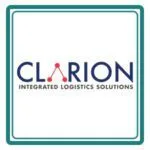



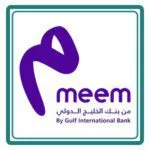




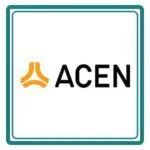




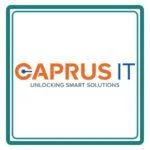

According to Clause 3.2: Clarification of structure & terminology
The clause structure and some of the terminology of ISO 14001:2015 have been changed to improve alignment with other management systems standards.
There is, however, no requirement in ISO 14001:2015 for its clause structure or terminology to be applied to an organization’s environmental management system documentation.
There is no requirement to replace the terms used by an organization with the terms used in ISO 14001:2015.
Organizations can choose to use terms that suit their business, e.g. “records”, “documentation” or “protocols”, rather than “documented information”.
According to Clause 3.3: Clarification of concepts
In addition to the terms and definitions given in Clause 3 of ISO 14001:2015, clarification of selected concepts is provided below to prevent misunderstanding:
- In ISO 14001:2015, the use of the word “any” implies selection or choice.
- The words “appropriate” and “applicable” are not interchangeable.
“Appropriate” means suitable (for, to) and implies some degree of freedom, while “applicable” means relevant or possible to apply and implies that if it can be done, it needs to be done.
- The word “consider” means it is necessary to think about the topic but it can be excluded; whereas “take into account” means it is necessary to think about the topic but it cannot be excluded.
- “Continual” indicates duration that occurs over a period of time, but with intervals of interruption (unlike “continuous” which indicates duration without interruption). “Continual” is therefore the appropriate word to use when referring to improvement.
- The word “effect” is used to describe the result of a change to the organization. The phrase “environmental impact” refers specifically to the result of a change to the environment.
- The word “ensure” means the responsibility can be delegated, but not the accountability.
- This International Standard uses the term “interested party”: the term “stakeholder” is a synonym as it represents the same concept.
ISO 14001:2015 uses some new terminology. A brief explanation is given below to aid both new users and those who have used previous editions of ISO 14001.
- The phrase “compliance obligations” replaces the phrase “legal requirements and other requirements to which the organization subscribes” used in ISO 14001:2004. The intent of this new phrase does not differ from that of ISO 14001:2004.
- “Documented information” replaces the nouns “documentation”, “documents” and “records” used in ISO 14001:1996/2004.
- To distinguish the intent of the generic term “documented information”, ISO 14001:2015 now uses the phrase “retain documented information as evidence of….” to mean records, and
- “Maintain documented information” to mean documentation other than records.
- The phrase “as evidence of….” is not a requirement to meet legal evidentiary requirements; its intent is only to indicate objective evidence needs to be retained.
- The phrase “external provider” means an external supplier organization (including a contractor) that provides a product or a service.
- The change from “identify” to “determine” is intended to harmonize with the standardized management system terminology.
- The word “determine” implies a discovery process that results in knowledge. The intent does not differ from that of previous editions.
- The phrase “intended outcome” is what the organization intends to achieve by implementing its Environmental Management System.
- The minimal intended outcomes include enhancement of environmental performance, fulfilment of compliance obligations and achievement of environmental objectives.
- Organizations can set additional intended outcomes for their environmental management system. For example, consistent with their commitment to protection of the environment, an organization may establish an intended outcome to work towards sustainable development.
- The phrase “person(s) doing work under its control” includes persons working for the organization and those working on its behalf for which the organization has responsibility (e.g. contractors).
- It replaces the phrase “persons working for it or on its behalf” and “persons working for or on behalf of the organization” used in ISO 14001:2004.
- The intent of this new phrase does not differ from that of the previous edition.
- The concept of “target” used in ISO 14001:2004 is captured within the term “environmental objective”.
Call to Action
Boost your organization’s credibility with ISO 14001 certification. PopularCert provides expert guidance to help you achieve environmental compliance and business success. Contact us today to get started!
Conclusion
ISO 14001:2015 helps organizations systematically manage environmental responsibilities. By understanding and applying these key terminologies, businesses can improve environmental performance, ensure compliance, and build a sustainable future. Implementing ISO 14001 is not just about certification—it’s about creating a positive environmental impact while enhancing business credibility.
